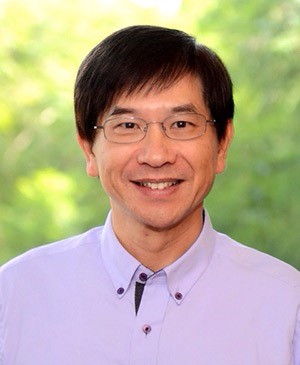鍾子平教授
Tzyy-Ping Jung

Title: Brain-computer Interfaces for Sustaining healthy and Independent Living
Tzyy-Ping Jung, UC San Diego, National Chiao Tung University, and Tianjin University
Abstract: According to the World Health Organization (WHO), the pace of population aging around the world is increasing dramatically. Between 2015 and 2050, the proportion of the world's population over 60 years will increase from 12% to 22%. According to the National Development Council of the Republic of China, by 2026, the proportion of Taiwanese population over 65 years is expected to reach 20%. A longer life may offer older people the opportunities to pursue new activities such as further education and/or a long-neglected passion. Additional years may even allow old people to contribute to their families and communities. But the extent of these opportunities and contributions depends heavily on one factor: health. At the most basic level, the old people have to be able to easily perform basic and Instrumental Activities of Daily Living (ADL). My talk will focus on how the newly developed brain-computer interfaces may sustain their ability to perform ADL and extend healthy and independent living.
Speaker's bio
Tzyy-Ping
Jung is currently the Co-Director of Center for Advanced
Neurological Engineering, an Associate Director of the Swartz Center for
Computational Neuroscience and an Adjunct Professor of Department of
Bioengineering at University of California San Diego, CA, USA. Dr. Jung's research emphasis has been placed on the integration of the
cognitive science, neuroscience, bioengineering, and electrical and computer
engineering. Dr. Jung established
transformative techniques for applying blind source separation to decompose
multichannel biomedical signals (e.g. EEG, MEG, ERP, MRS, and fMRI) and was
elevated to an IEEE Fellow for his contributions to blind source separation for
biomedical applications in 2015. Dr. Jung and his colleagues have also spearheaded
the instrumentation and research in real-world neuroimaging and brain-computer
interface technologies to study the brain activities from unconstrained, freely
moving individuals in naturalistic positions and postures within real-world
environmen
